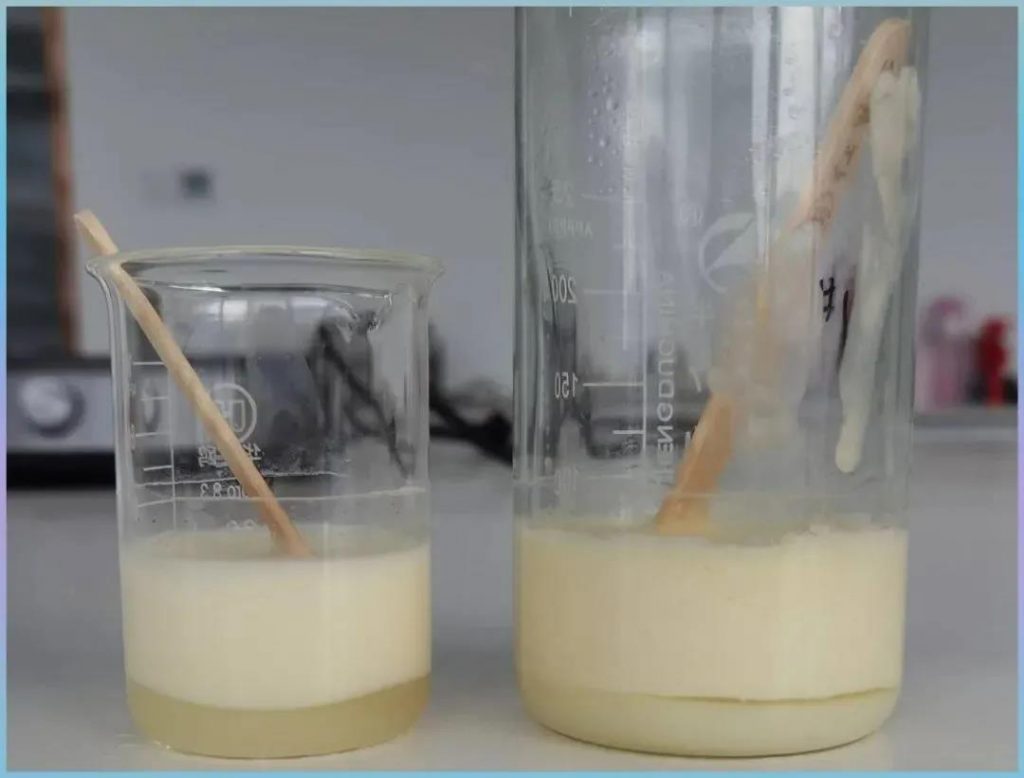
Summer is coming to an end. One thing that confuses me the most this summer is the unrecognizable ice cream in the refrigerator after the power outage and recovery at home…
Why does the ice cream become ice after it melts and freezes?
The reason is that a key step is missing.

When ice cream is produced, there is a very important process:
While cooling the ice cream to solidify, stir the ice cream to mix in a lot of air.
Because of this process, the ice cream we buy generally contains 30%-50% air.
Don’t feel like you have suffered a great deal.
Ice cream usually consists of several parts: water, protein, fat, and sugar.
Water and oil are incompatible with each other. This step makes ice cream a mixed and relatively stable system. And because it is mixed with air, it can make the taste, texture and appearance of the finished product better.
But once the ice cream melts, the system becomes unstable.
First of all, the ice crystals in it began to melt, and the ice cream became a pool of slurry, and even stratified. Secondly, the bubbles are no longer bound and become air and fly away.
We specially melted 2 ice cream, as a reference for everyone:

The melted ice crystals turn into water, and the melted butter turns into cream, and the two systems are completely separated.
Frozen it back again, because without the step of stirring and aerating, the two systems cannot be mixed, and the water freezes.
At the same time, the ice cream loses its air and cannot restore its original taste, just like a body without an air soul.
So once the ice cream is completely melted, it is really difficult to change back to its original taste.
Comments